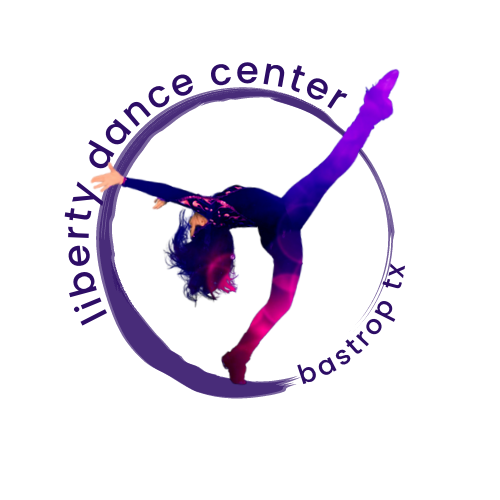What is the best age for a child to start dance?
What is the Best Age for a Child to Start Dance?
When considering enrolling your child in a dance studio for kids, understanding the right timing and age is crucial for nurturing their talent and enthusiasm. Parents often wonder when the optimal time is to start dance classes. While there isn’t a one-size-fits-all answer, age can play a pivotal role in a child’s readiness and success in dance. In this article, we will explore key aspects related to this topic, providing you with insights, statistics, and practical advice for making an informed decision.
Understanding Developmental Readiness
Physical and Emotional Development
Children develop at different rates, and their ability to follow instructions and understand movement nuances varies. From a physical standpoint, most children have developed enough coordination and motor skills by the age of three or four to begin basic dance classes. Emotionally, children at this age can start to benefit from the social and instructional setting of a dance studio for kids.
A study conducted by the National Dance Education Organization highlighted that early dance classes help improve children’s balance, flexibility, and cognitive skills, all of which are beneficial for successive stages of dance instruction and overall growth.
Cognitive Development in Dance Studios
Attention span and cognitive readiness also determine when a child is ready to start dance lessons. Many dance studios for kids offer toddler programs that incorporate playful movement, music, and storytelling. These programs are designed to cater to a young child’s limited attention span while developing basic dance concepts.
By age five or six, many children are ready to handle more structured classes. They can understand complex instructions and can participate in routines that require more memory skills and discipline.
Choosing the Right Dance Style
Age-Appropriate Dance Styles
When finding a dance studio for kids, consider the dance style that aligns with your child’s interests and developmental stage. Ballet is popular for young beginners due to its foundational role in dance education and the discipline it instills. Tap and jazz often appeal to energetic children who enjoy rhythm and vibrant movement.
Exploring Creative Movement
Contemporary creative movement classes encourage children to express themselves through dance, using improvisation and imagination. These classes are particularly suitable for young children who thrive in an environment that fosters creativity and less structured learning processes.
Case Study: A Dance Studio’s Experience
One dance studio for kids, “Steps to Stardom,” found that children who started in creative movement classes at age three showed greater adaptability and creativity when transitioning to more structured classes at age six. This indicates that starting early with a flexible approach can enhance a child’s ability to learn and embrace complex dance styles later.
Late Starters and Their Advantages
Benefits of Starting Later
While early exposure to dance has its benefits, starting dance classes at an older age, such as eight or nine, also has advantages. Older children often show quicker progress due to their developed motor skills and ability to grasp instructions rapidly. They also bring more life experiences into their dance interpretations, which can enrich their performance quality.
Success Stories
Consider the story of Mia Michaels, a renowned choreographer who began formal dance training at the age of twelve. Her late start did not hinder her success, proving that determination and dedication can compensate for years not spent in early childhood classes.
Selecting the Right Dance Studio for Kids
Important Factors to Consider
Choosing the right dance studio for kids involves considering several factors to ensure a supportive and nurturing environment:
Facility and Equipment: Ensure that the studio has safe and appropriate equipment and facilities for children’s dance classes.
Qualified Instructors: Look for studios with instructors who have credentials and experience working with children.
Class Size: Smaller class sizes allow for personalized attention and instruction.
Navigating Interests and Motivation
Encouraging Exploration and Commitment
Encouraging your child to attend a dance studio for kids shouldn’t be a forced decision. Let them explore various styles to discover what they genuinely enjoy. Many studios offer trial classes, which can provide a glimpse into different styles and help gauge your child’s enthusiasm.
Addressing Possible Challenges
Sometimes children might lose interest or face challenges in dance classes. Perhaps a change in dance style or a more engaging teaching method could reignite their passion. Always communicate with instructors if issues arise—they may offer valuable insights and solutions.
Conclusion
Dance can be a joyful and rewarding part of a child’s life, nurturing their physical, cognitive, and emotional development. While the age to start dance classes may vary, what’s most important is finding a dance studio for kids that aligns with your child’s readiness and interests. Whether starting at three or ten, the journey in dance is a personal adventure that can lead to a lifetime of enjoyment and expression. Ultimately, supporting your child’s passion for dance and providing them with the right environment is key to unlocking their potential and helping them leap towards their dreams.


